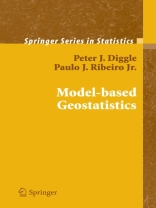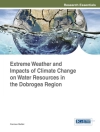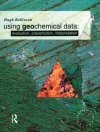Geostatistics is concerned with estimation and prediction problems for spatially continuous phenomena, using data obtained at a limited number of spatial locations. The name reflects its origins in mineral exploration, but the methods are now used in a wide range of settings including public health and the physical and environmental sciences. Model-based geostatistics refers to the application of general statistical principles of modeling and inference to geostatistical problems. This volume is the first book-length treatment of model-based geostatistics.
The authors have written an expository text, emphasizing statistical methods and applications rather than the underlying mathematical theory. Analyses of datasets from a range of scientific contexts feature prominently, and simulations are used to illustrate theoretical results. Readers can reproduce most of the computational results in the book by using the authors’ R-based software package, geo R, whose usage is illustrated in a computation section at the end of each chapter.
The book assumes a working knowledge of classical and Bayesian methods of inference, linear models, and generalized linear models, but does not require previous exposure to spatial statistical models or methods. The authors have used the material in MSc-level statistics courses.
Tabela de Conteúdo
An overview of model-based geostatistics.- Gaussian models for geostatistical data.- Generalized linear models for geostatistical data.- Classical parameter estimation.- Spatial prediction.- Bayesian inference.- Geostatistical design.












